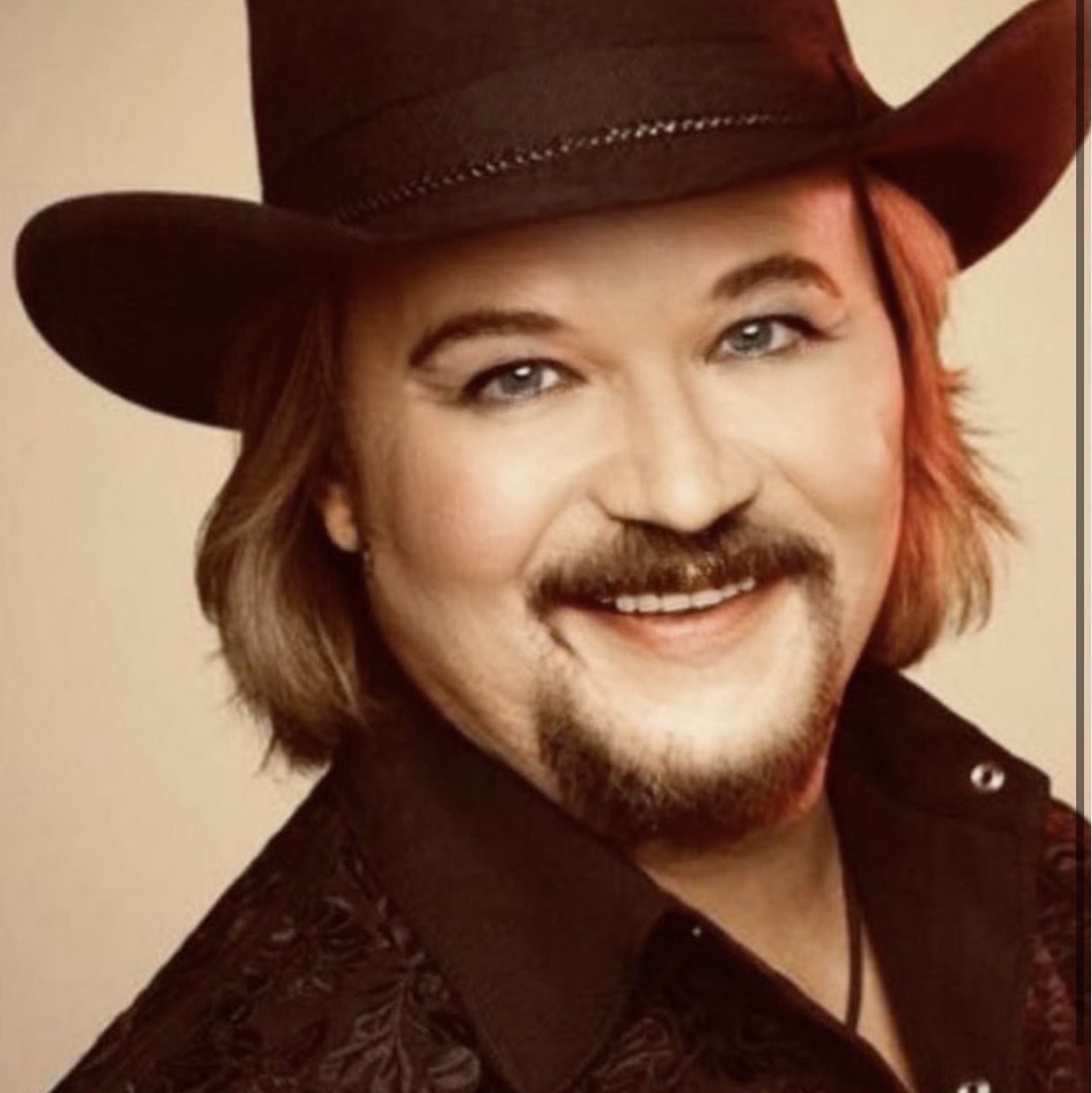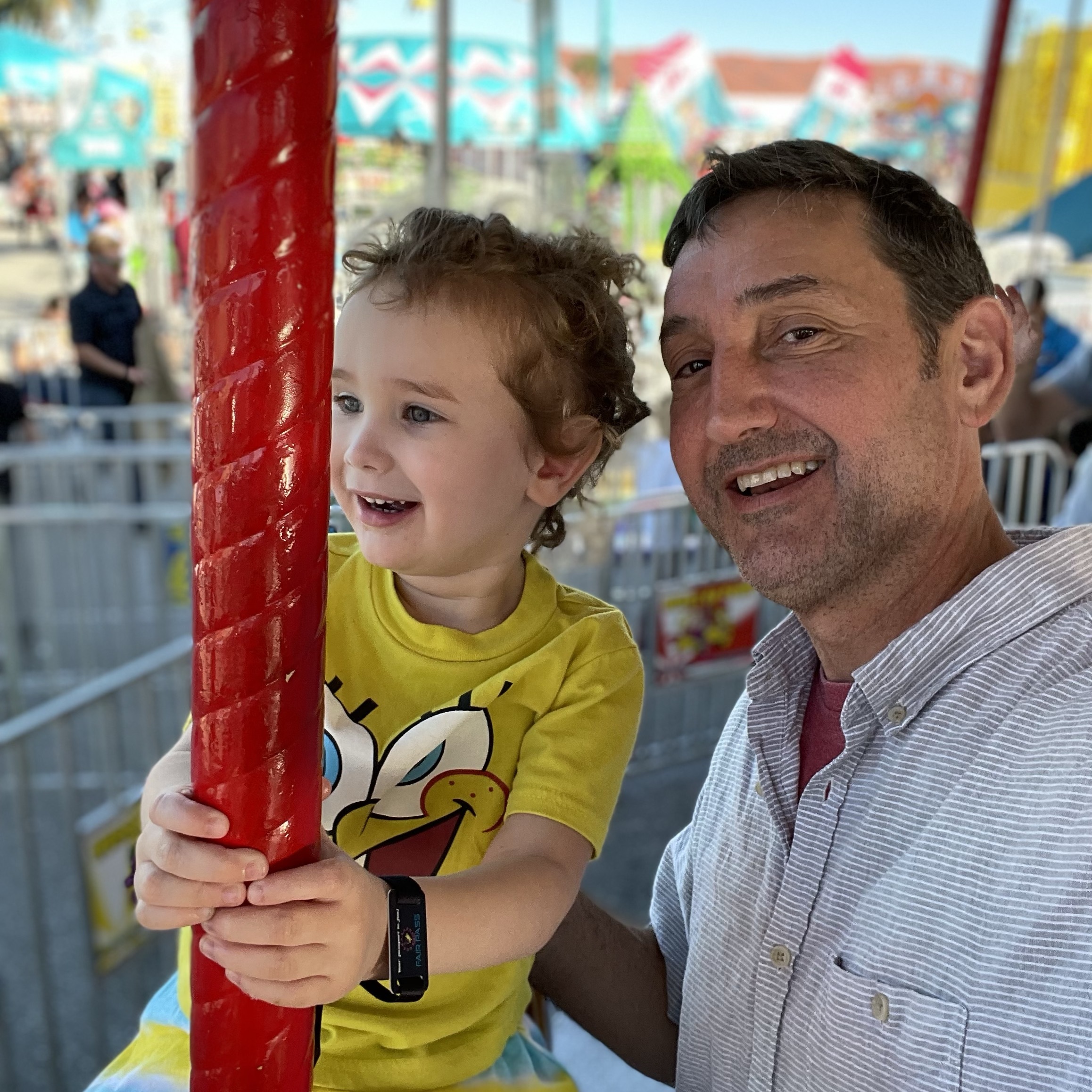S.o.a. (state Of The Art)
Château Cheval Blanc
St. Émilion 1er Grand Cru Classé Red Bordeaux Blend 2001
On the nose, it's pure elegance. Kirsch cherries, ripe blackberries, dark cherries, plums, poached strawberries, raspberries haunt the background, vanilla, very light and soft spice, candied moist black earth, fresh violets and liquid, fresh, slightly perfumed red/dark florals. The full body is smooth, sexy and silky elegance. The tannins are round, beautiful and 65-70% resolved. The dark cherries and cherries roll the eyes back in the head. OMG! The fruits are simply garden of Eden beautiful. Poached strawberries, creamy black and regular raspberries, ripe black plum, overly extracted pomegranate, dry cranberries, soft, delicate top soil/dry clay, limestone, crushed dry rock powder, dry stones, black cherry cola/licorice, hint of anise, light notes of dry herbs, fresh tobacco leaf, sweet, dark, moist, turned earth, lead pencil shavings, rich, round mouthwatering acidity and a rich, elegant cherry driven finish that doesn't stop and I will not forget. Cheval Blanc is not a classified First Growth but on my palate it qualifies as such. Glorious bottle! I've had the 05 & 10 early. It will certainly out do this 2001 but not today. Photos of; the historical Cheval Blanc; which I prefer. I love the Bordeaux history. The new and modern 20 Million dollar addition. Shots of the cellar...the new concrete and stainless state of the art fermentation tanks. Producer notes and history...The name Cheval Blanc translates into white horse. The Chateau's history in St. Emilion traces back to 1832. It was the year the Ducasse family purchased land from Chateau Figeac. Prior to it being know as Cheval Blanc, the vineyard was better known as Le Barrail de Cailloux, which loosely translates into "barrel of tiny stones." Of course, the inspiration from the terroir's unique gravely soils. The original vines purchased from Figeac became what many people think is the best wine of St. Emilion, Chateau Cheval Blanc. For the most part, I agree with that. Back in 1832, Chateau Figeac was owned by Countess Felicité de Carle-Trajet. At that time, Chateau Figeac had grown to a massive 200 hectare estate; which is huge by St. Emilion standards. It was the Countess who decided to sell portions of their holdings. The breakup of the larger Figeac estate helped create a myriad of new St. Emilion wine making estates; which explains why so many Chateauxs include the word Figeac as part of their name. However, the owners of what was to become Cheval Blanc wanted to establish their own identity that was separate from Figeac. In 1838, the Ducasse family purchased what was to became the majority of Cheval Blanc. Some of the vines were previously part of Figeac. They began buying more St. Emilion vineyard land to create Chateau Cheval Blanc. In 1852, Mille Ducasse married Jean Laussac-Fourcaud, she came with a dowry that included their recently acquired Bordeaux vineyards that included 2 of the 5 gravel mounds running through the vineyards of Cheval Blanc and Figeac. Pretty amazing dowry! The Laussac-Fourcaud family built the chateau that is still in use today. The Laussac-Fourcaud continued to add holdings and increasing the size of the Cheval Blanc vineyards. By 1871, they accumulated a total of 41 hectares of vineyards in Saint Emilion. Chateau Cheval Blanc remains that same size to this day. A number of years ago, Cheval Blanc spent a boat load of money on updating and renovating to a modern facility in a true modern fashion that drastically departed from its original existing historical structure. Cheval Blanc has always tried to be innovative. Around 1860, when the chateau for Cheval Blanc was being built, extensive work was also being done in the vineyards. In fact, even then, Chateau Cheval Blanc was at the forefront of vineyard management techniques when they added a vast network of drains in their vineyards. Chateau Cheval Blanc was probably the first estate in the Right Bank to install this type of drainage system. At first, Chateau Cheval Blanc sold their wine under the Figeac label. Once Chateau Cheval Blanc began winning medals for the quality in their wine, they changed their label. That change included placing pictures of their medals on the label, which is still featured on their label today. More importantly, the wines were now sold under the name of Chateau Cheval Blanc. Cheval Blanc continued gaining in popularity by producing some of the best wines in all of Bordeaux during the 1920’s, 1940’s and 1950’s. In 1998 Cheval Blanc was purchased by Bernard Arnault and Baron Albert Frere for a 135 million Euros. They asked Pierre Lurton to manage the property for them. Today, Pierre Lurton also manages their other estates, Chateau d’Yquem, Chateau La Tour du Pin and Quinault l’Enclos. 1991 was one of the most difficult vintages in Bordeaux history, Cheval Blanc did not produce a wine. #RESPECT! In 2009, LVMH purchased the shares owned by Bernard Arnault in a private transaction. There was no official announcement of the price. However, rumors placed the price at close to 15 Million Euros per hectare (€615,000,000), making this the most expensive transaction yet, on a per hectare purchase price in the history of Bordeaux. 2000, 2005, 2009 & 2010 were near perfect or perfect vintages for Cheval Blanc and again in 2015, they produced candidates for wine of the vintage. In that same year at an auction held by Christie’s, a scarce, six-liter bottle of the legendary 1947 Cheval Blanc, (Probably the only real bottle in existence) sold for a record setting price of $304,375 dollars! In 2011, with the help of famed architect and Pritzker Architecture Prize winner, Christian de Portzamparc, Chateau Cheval Blanc completed a major construction and renovation project. This remodeling included; building a new winery, barrel cellars, vinification room, tasting area and efforts with the landscaped gardens. Even though the structure is modern in design (sigh), this new cellar cost over $20,000,000. The 39 hectare vineyard of Cheval Blanc has a complex terroir that consists of 3 different soils. Even though the vineyards are in one large parcel, this can be divided up as follows: 40% of their soils are gravel over multiple types of clay, including blue clay. Another 40% of their terroir has deep gravel soils, while the remaining 20% of their soils consists of sandy clay in the soil. The vineyard of Chateau Cheval Blanc is planted to 49% Cabernet Franc, 47% Merlot, and 4% Cabernet Sauvignon today, but the goal is to return to the original mix of 55% Cabernet Franc, 40% Merlot and 5% Cabernet Sauvignon. The vines at Cheval Blanc are old, averaging 45 years of age. They have 8 hectares of Cabernet Franc planted in the 1950’s. However, some of the older parcels of Cabernet Franc are close to 100 years of age, as they were planted in 1920. Cheval Blanc vinification takes place in 52 different temperature controlled, cement vats that vary in size, due to the needs of specific parcels to allow for each parcel being vinified in its own tank. Malolactic Fermentation takes place in tank. The wines are aged in 100% new, French oak barrels for close to 18 months before bottling. @ FL Yountville — 8 years ago


Domaine Henri Boillot
Clos de la Mouchère Monopole Puligny-Montrachet 1er Cru Chardonnay 2013
One the nose, a touch of sour green apple, lime zest, ripe pineapple, mango, lemon, touch of mint, stone fruit skin, honey, green melon, limestone minerals, sea shells, yellow lilies & spring flowers.
The palate is thick and rich from a touch extra lees stirring. A touch of sour green apple, lime zest, ripe pineapple, mango, lemon, touch of mint, stone fruit skin, honey green melon, limestone minerals, sea shells, yellow lilies & spring flowers. Good round acidity with a long rich finish that lasts minutes.
Photos; Puligny-Montrachet -Clos de la Mouchere, owner/Winemaker Henri Boillot and their Domaine.
Producer notes & history... Before striking out on his own in 1984 Henri had worked for the family firm but his success in his own right persuaded his grandfather Jean Boillot to persuade him to return to the fold. In 2005 Henri bought out his brother and sister and renamed the domaine name from Domaine Jean Boillot to Domaine Henri Boillot to avoid confusion with his brother Jean-Marc Boillot's company.
The Domaine consists of some 19 hectares, mostly in Puligny and Meursault for white wines where he owns the monopole of Clos de la Mouchere, and in Savigny-les-Beaunes, Beaune and Volnay for reds.
In the vineyard Henri and Guillaume farm sustainably, avoiding artificial pesticides and herbicides, and much hard work in the vineyard means low yields of relatively late-picked fruit at a peak of ripeness. The whites are very gently crushed to avoid bitter flavours and fermented in barrels larger than the norm at 350 litres so that the purity and freshness of the fruit is unencumbered, and bottling follows 18 months or so in barrel. Pinot noir grapes are sorted in the vineyard before being taken to the winery, destemmed, crushed and cold soaked before a fairly long fermentation. 18 months in barriques is the norm before being bottle unfined and unfiltered.
Since 2006, he has worked with his son Guillaume, who now makes the red wines, at their new state-of-the-art winery in Meursault where all the Domaine and 'négociant' wines (under the label of Maison Henri Boillot) are made. — 8 years ago
Pepper Bridge
Estate Vineyards Walla Walla Valley Merlot 2014
The 14 is a blend of 77% Merlot, 16% Cabernet Franc & 7% Merlot. Nose of; ruby dark cassis, blackberries, black plum, dark cherries, black raspberries, hues of blue fruits, pepper and liquid violets. The mouthfeel is lush & ruby. M+ body & M+ tannins. Blackberries, dark cherries, black plum, black raspberries and hues of blue fruits. Crushed rocks, soft leather, dry herbs, underbrush, loamy soil powder, notes of cigar, violets, dark florals, nice acidity and beautifully round, lush finish with sex appeal. Photos of; an aerial view of Pepper Bridge, estate grapes going through veraison, Owner-Norm McKibben, and ground shot of the estate. Producer notes and history...Norm McKibben is one of founding fathers of Walla Walla's wine industry. To his good friends and colleagues, he is better know as "Stormin' Norman." In Norm's 30 plus years in Walla Walla, the valley has evolved from a 40 vineyard acres to an appellation with more than 2,800 acres under vine. A good portion of the boom can be attributed to Norm even after coming to the game late after working for several decades as an engineer in the construction industry. Not wanting to retire after, he moved to Walla Walla to become an apple farmer. In 1989, he realized Walla Walla's potential for grape growing. Norm planted his first vineyard with help from his wife, Virginia and their eldest son, Shane. Two years later, Norm added Cabernet Sauvignon and Merlot. These vines soon became the backbone of Pepper Bridge. Not long after he expanded his business and resume further. Norm got involved in the budding wine industry. He served as a partner and director at Canoe Ridge Vineyards, Hogue Cellars and worked with a number of Walla Walla's leading vintners. In 1996, he partnered with Gary Figgins of Leonetti Cellar and Marty Clubb of L'Ecole No. 41. At this point, McKibben had increased his vineyard holdings to 200 acres. In 1998, Norm officially started Pepper Bridge Winery. Today, Pepper Bridge Winery is a benchmark property in Walla Walla and Norm is an icon of the industry. He manages and consults for more than 600 acres of the top vineyard sites in Walla Walla; Pepper Bridge, Seven Hills and Les Collines. Norm also has introduced state of the art irrigation systems, soil moisture temperature monitoring equipment and sustainable farming techniques. Norm is a big believer in sustainable viticulture. All of his vineyards are certified sustainable by VINEA, the Walla Walla Valley's Sustainable Trust, and LIVE, an Oregon-based sustainable viticulture organization. They are also certified Salmon Safe and are monitored by the IOBC, the international body responsible for setting sustainability standards. In 1998, the Washington Association of Wine Grape Growers honored Norm as "Grape Grower of the Year." That same year, he was appointed chair of the Washington Wine Commission and served in that position until retiring from the organization in 2001. If there is a Maverick of the Walla Walla wine producers, it would be Norm. — 8 years ago
Tamar Distillery
Low Gap Aged 2 Years Bourbon California Whiskey
Incredible. One of the best bourbons not from Kentucky I've ever tasted, one of the best young bourbons I've ever had. The state of the art for the craft. — 10 years ago
de Ladoucette
Pouilly-Fumé Sauvignon Blanc
The key to any de Ladoucette wine is quality – in the vineyard, the winery and the bottle. The Baron de Ladoucette is dedicated to maintaining exceptionally high standards throughout his portfolio. His wines are made in the state-of-the art winery within the landmark Château du Nozet, and de Ladoucette’s four Loire Valley labels: Pouilly Fumé de Ladoucette, Comte Lafond, La Poussie, and Marc Bredif, are considered to be some of the finest examples of their type. — 12 years ago
Via Marchizului (Via Marquis)
Dealu Mare Negru de Drăgăşani Red Blend 2015
6054 bottles.
state of the art. — 8 years ago
Enter Sake
Black Dot Honjozo Sake
This honjozo, polished to 65%, reflects a clean pure style of sake, with white mountain flowers on the nose. It has a wonderful clean and soft silky texture. The cleansing acidity also provides good structure and there is a subtle fruitiness with hints of mango, peach and pineapple.
Sekiya Brewery producer of Black Dot 2015 was established in 1865 based in Kitashitara-gun is located in a mountain valley pass in the Japanese Alps between Nagoya and Nagano. For hundred of years the town was a waypoint and resting place for travelers between the two cities. Sekiya Brewery was established because of the clean water from the mountains and the thirsty travelers crossing the mountains. Now it is a state-of-the-art sake brewery with a tasting room and sake-focused restaurant built out of an ancient farmhouse in town as well.
-Richie — 8 years ago
Bedrock Wine Co.
Old Vine Zinfandel 2015
Real wine. Violets, koi pond, plum bread, dried raspberries in a Sumatran coffee and gunpowder tea bran muffin. Shoe leather in clear polish. Wound up a little tightly as it was just opened, the palate receives a heaping spoonful of coal and banana leaf, with iron pellets. You can see the shadow of the panther in this one! Pure muscle. Cracked pepper, smooth, flat black stones; dried violets, tar, squid ink and flame-touched hemp. Not your typical Zin fare, this one elevates the cultivation to an art form. 80 year old vines strumming archaic, wooden energies into the glass. Remember this is Zin, which is the neon calling card of the wine arcade, then find yourself called to a state of bliss. #zinfomaniacs #zintastic #zincredible #zin #bedrock #bedrockwineco #oldvinesyounglove #oldvine #oldvines #oldvinezin #zinfandel #zinfadel #caliclassic — 8 years ago
Charles Smith
Kungfu Girl Washington State Riesling 2014
This wonderful example of Washington Reisling begins with light citrus and honeysuckle notes on the nose. Lively acidty that's perfectly balanced with off-dry sweetness and allows flavors of pear and green apple to shine. Finishes with tinge of slate and minerality. The great bottle art is just a bonus! ($9) [7/18/16] — 9 years ago
Nine Suns
Napa Valley Red Blend 2012
My thanks to Jason Chang for showing us around his 'almost finished' amazing winery on the top of Pritchard Hill. My thanks to Elizabeth Vianello at Brand for introducing us to their neighbor. And big thanks to Sam Kaplan for creating such a silky smooth, rich and a word I use infrequently...succulent wine. As with Sam's style, it was well balanced and a velvet finish. Go see this state of the art facility. The view south into the valley is incredible. — 10 years ago











Ebbe Bonde Soerensen
The State of the art in Barolo, just needs time at least 10 years. — 6 years ago